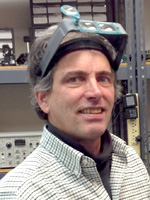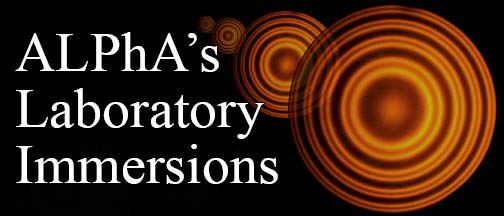- Home
- What We Do
- Laboratory Immersions
- Immersions 2019
- Imm2019Buffalo_NoiseFund
Noise Fundamentals
Buffalo State College, July 8–10, 2019
(One or two set-ups available)

The immersion will use the Noise Fundamentals apparatus developed by Teachspin. Additional equipment—a digital oscilloscope, a good voltmeter, and a signal generator—will all be provided. Participants need only bring a calculator, pencil and notebook. We will start by discussing the signal chain, and do some straightforward electronic measurements of gain and bandwidth (Δf). Then we will measure the Johnson noise as a function of bandwidth. This motivates the “units of noise”, V2/Hz and V/√Hz. Then we will look at the dependence of Johnson noise on resistance (R) and (time permitting) the temperature.
On the second day we’ll reconfigure the pre-amp electronics to be a trans-impedance amplifier (much less scary than it sounds), learn a bit on how to capacitively compensate the gain, and then investigate shot noise from a light bulb shining on a photodiode to make a measurement of the electron charge. Time permitting; we might also look at currents that do not display full shot noise.
Host and Mentor:

After completing his Ph.D. at the University of Buffalo, where Jonathan Reichert was his thesis advisor, George Herold worked at TeachSpin for several months designing some of the electronics for its first pulsed NMR, PS1-A. A few postdoc positions later, he signed on as a staff scientist at the W. M. Keck Free Electron Laser at Vanderbilt University. The threat of funding loss combined with incipient fatherhood brought George back to Buffalo, where TeachSpin had grown enough to need another full-time physicist. His first jobs were to complete the development of the Optical Pumping apparatus and build, from first wires, the Signal Processor/Lock-In. At TeachSpin George continues to develop elegant instruments, do the final pre-shipment testing that provides reference data for many instruments, and generally trouble-shoot both construction and user questions.
George Herold, Ph.D., Senior Scientist, Teachspin, Inc., 2495 Main Street, Suite 409, Buffalo NY 14214-2153. Email: gherold@teachspin.com.





